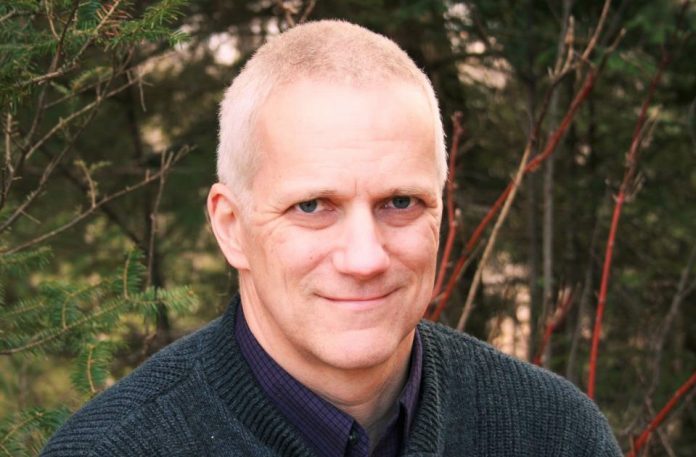Innovation is the key.
I am writing this letter as a response to the editorial entitled “When capital is flagged out.” In it, there’s a strong focus on development of RAS outside of Norway because there aren’t any solutions to the sea lice problem on the horizon. I have to say that even though I don’t object to the development of RAS projects either in Norway or other countries, I don’t believe that land-based RAS will be enough to meet the demand of salmon supply that is building with “the strength of a tsunami.” All of us in the industry must accept the responsibility to find other solutions to control sea lice, ensure proper animal welfare, sustainably grow the salmon aquaculture industry and meet consumer demand for salmon.
Fish farmers, government and consumers don’t want medications to be used to produce salmon. Therefore, great efforts have gone into controlling sea lice with “environmentally friendly” methods, such as cleaner fish: wrasse, lump fish and cunner fish; solid cone cages with systems that pump water from great depths to try and avoid sea lice; on-shore recirculation production systems; machines that fire lasers at sea lice; and hot water treatments. Unfortunately, these systems haven’t succeeded in stopping the outbreaks of sea lice.
When sea lice get out of control, salmon farming companies are forced to resort to emergency harvests or suboptimal treatments, which cause catastrophic animal welfare problems. Recent reports of PETA in Scotland describe “plagues of sea lice” stripping the skin off the heads of salmon, resulting in severe animal suffering and PETA calls to shut down the farmed salmon industry in Scotland.
Farmers are optimists, always hoping this year will be better than last, and so they continue to put their small salmon into the sea to grow. Once a sea lice outbreak hits them, they are faced with the choice of doing nothing and allowing up to 100% of their fish to be eaten alive by sea lice or applying mechanical treatments that can result in large amounts of fish damaged or killed.
I believe that salmon farmers do not want their fish to suffer. They do want to keep providing employment to many people and help coastal communities thrive so they continue farming and hoping solutions to the sea lice animal welfare problem will appear. They try to manage the media messages saying that their “new environmentally friendly sea lice treatments are working and there is not a problem.” Unfortunately, this message causes large pharmaceutical companies to believe there’s no need to invest in solutions and government regulators not to give priority to finding new sea lice alternative treatments.
Land-based salmon farming isn’t the solution to the sea lice problem. Innovation is. We need to have strong government support to monitor animal welfare on salmon sites, but most importantly, we need to be allowed the emergency use of innovative, safe and efficacious new treatments to control sea lice.


